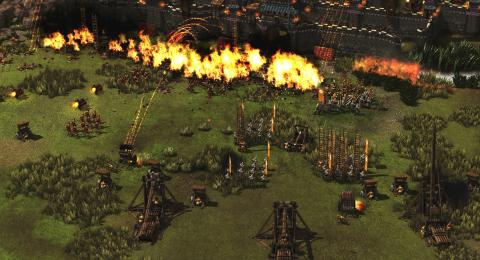
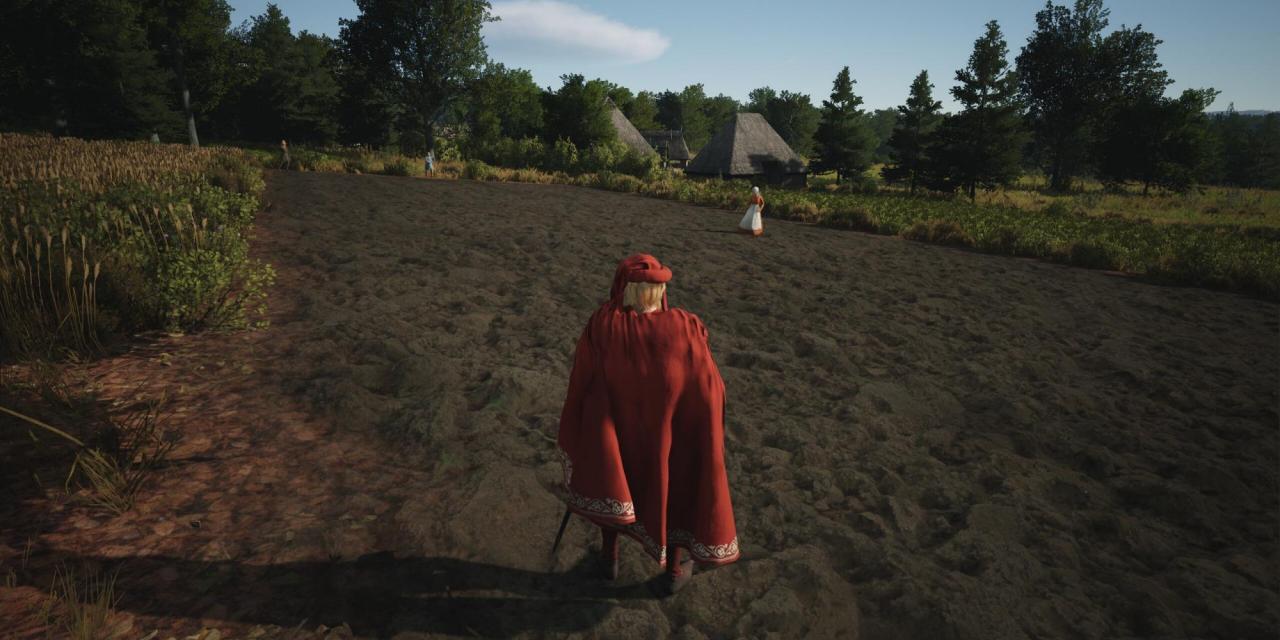
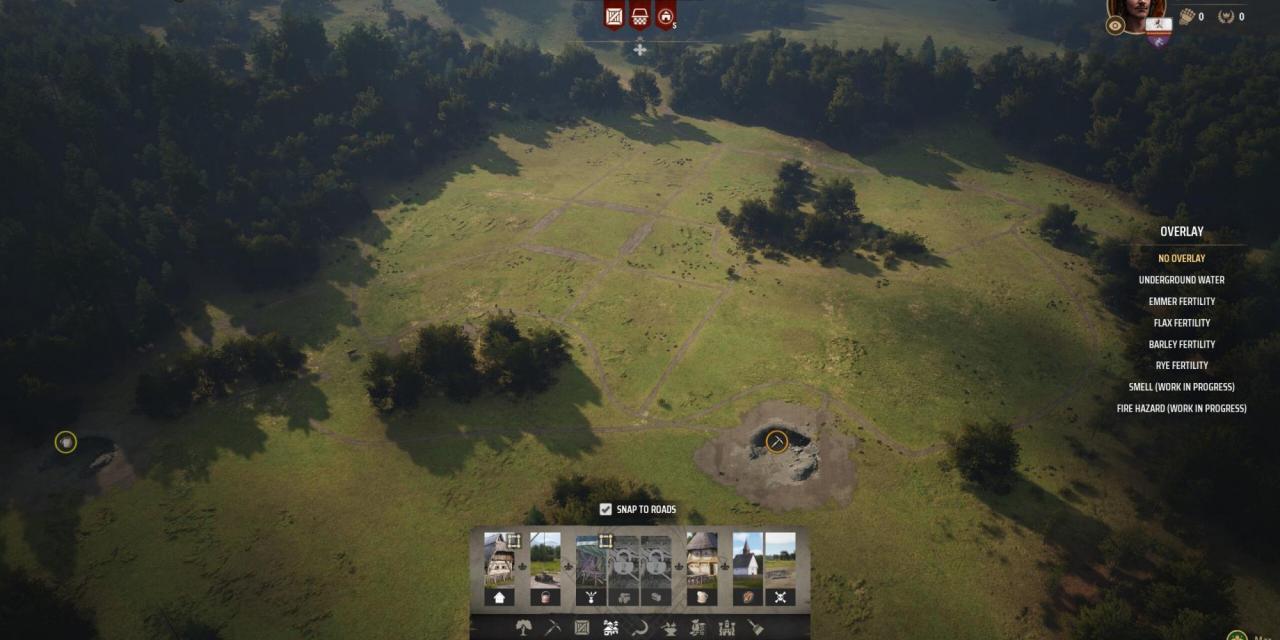
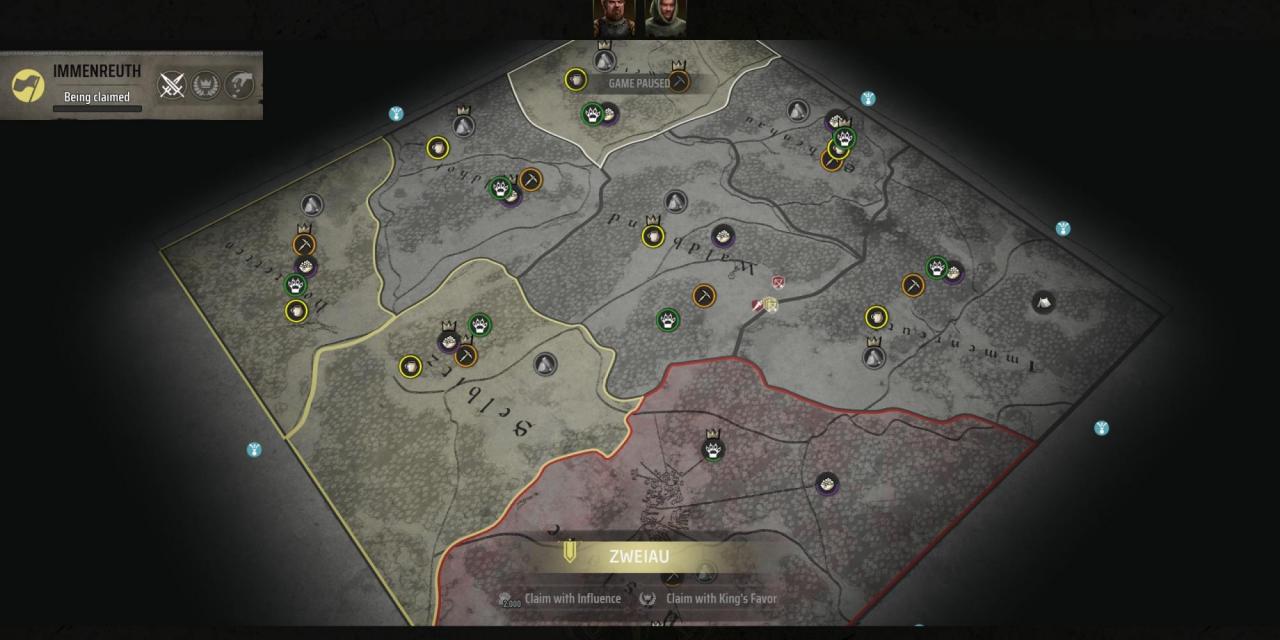

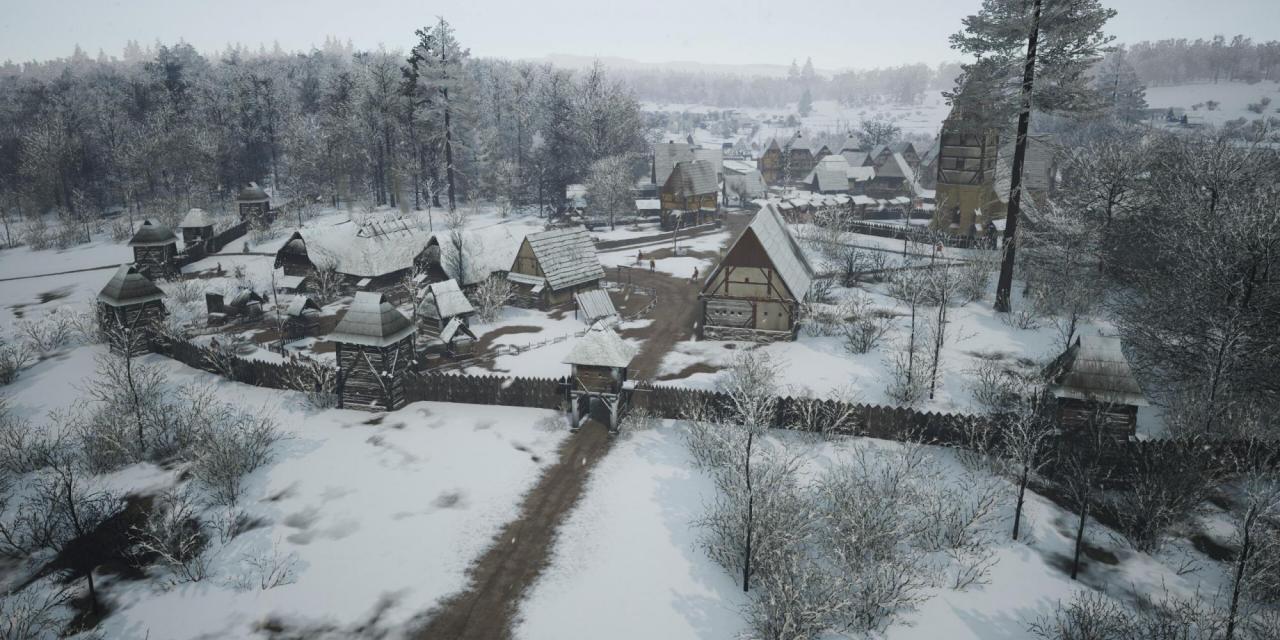


Manor Lords is game is all about building, managing, and defending your medieval settlement. Whether you're just starting out or looking to refine your strategies, this beginner's guide will walk you through basic and also some advanced tips and tricks to make your settlement thrive.
1. Foundations First:

Strategic Placement: Choose your initial settlement location wisely. Proximity to resources like wood, stone, and fertile land for farming is crucial. Avoid areas prone to flooding or far from essential resources.
Initial Build Order: Start with essential structures – a few houses, a lumber mill, and a forager’s hut. Prioritize a food source, shelter, and wood to keep your villagers warm and fed.
2. Resource Management:

Efficient Resource Gathering: Optimize your resource collection by placing buildings near the resources they require. For example, place lumber mills near forests and quarries near stone deposits. See our guide on The Best and Most Important Starting Resources.
Storage and Transport: Build granaries and storage yards strategically to minimize the travel distance for your villagers. This reduces time wastage and increases efficiency.
3. Village Life:

Villager Happiness: Keep a close eye on your villagers' needs. Provide varied food sources to prevent malnutrition, and build wells to ensure a clean water supply.
Job Assignment: Adapt to changing needs by reallocating villagers to different jobs. For instance, during harvest season, assign more villagers to farming, and in winter, focus on woodcutting and maintaining heat sources.
4. Defense Tactics:

Early Warning Systems: Place lookout towers at key points to spot incoming threats early. This gives you time to prepare and mobilize your defenses.
Fortify Smartly: Build walls around your settlement but leave enough space for expansion. Use natural terrain features like hills and rivers to create chokepoints and make it harder for enemies to breach your defenses.
5. Trade and Economy:

Resource Surplus: Identify which resources you produce in surplus and set up trade routes to exchange them for resources you lack. Use the market to adjust prices based on supply and demand dynamics.
Economic Growth: Invest in advanced production buildings like blacksmiths and breweries. These not only provide higher value goods but also improve your villagers' happiness and productivity.
6. Expansion:

New Settlements: Establish new villages in resource-rich areas. This decentralizes your production and reduces the risk of a single catastrophic event wiping out your entire economy.
Infrastructure Planning: Connect your settlements with roads to facilitate trade and troop movement. Building bridges over rivers can open up new areas for expansion.
7. Micro-Management:

Seasonal Planning: Plan your activities according to the seasons. For example, focus on farming and resource gathering during spring and summer, and shift to construction and maintenance in autumn and winter.
Crisis Management: Be prepared for events like plagues, famines, and raids. Stockpile essential resources and maintain a standing militia to deal with emergencies swiftly.





